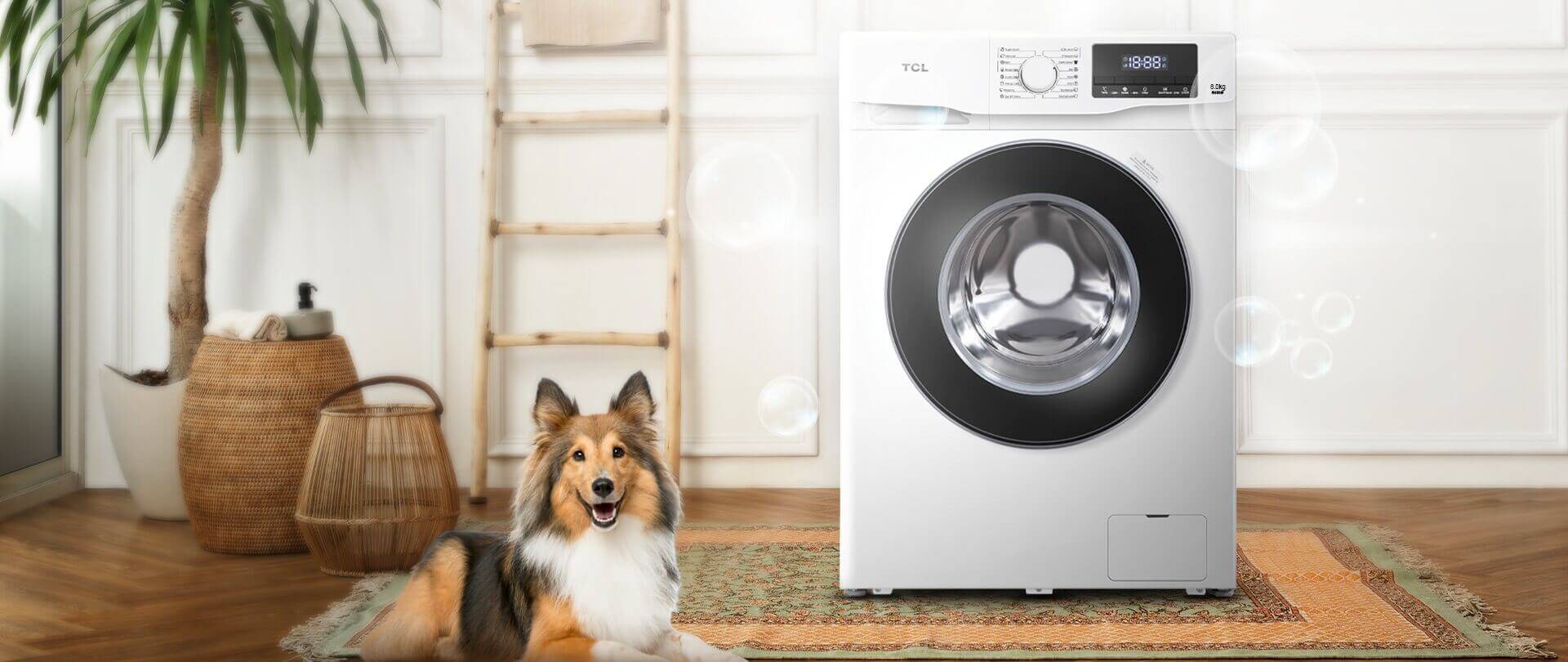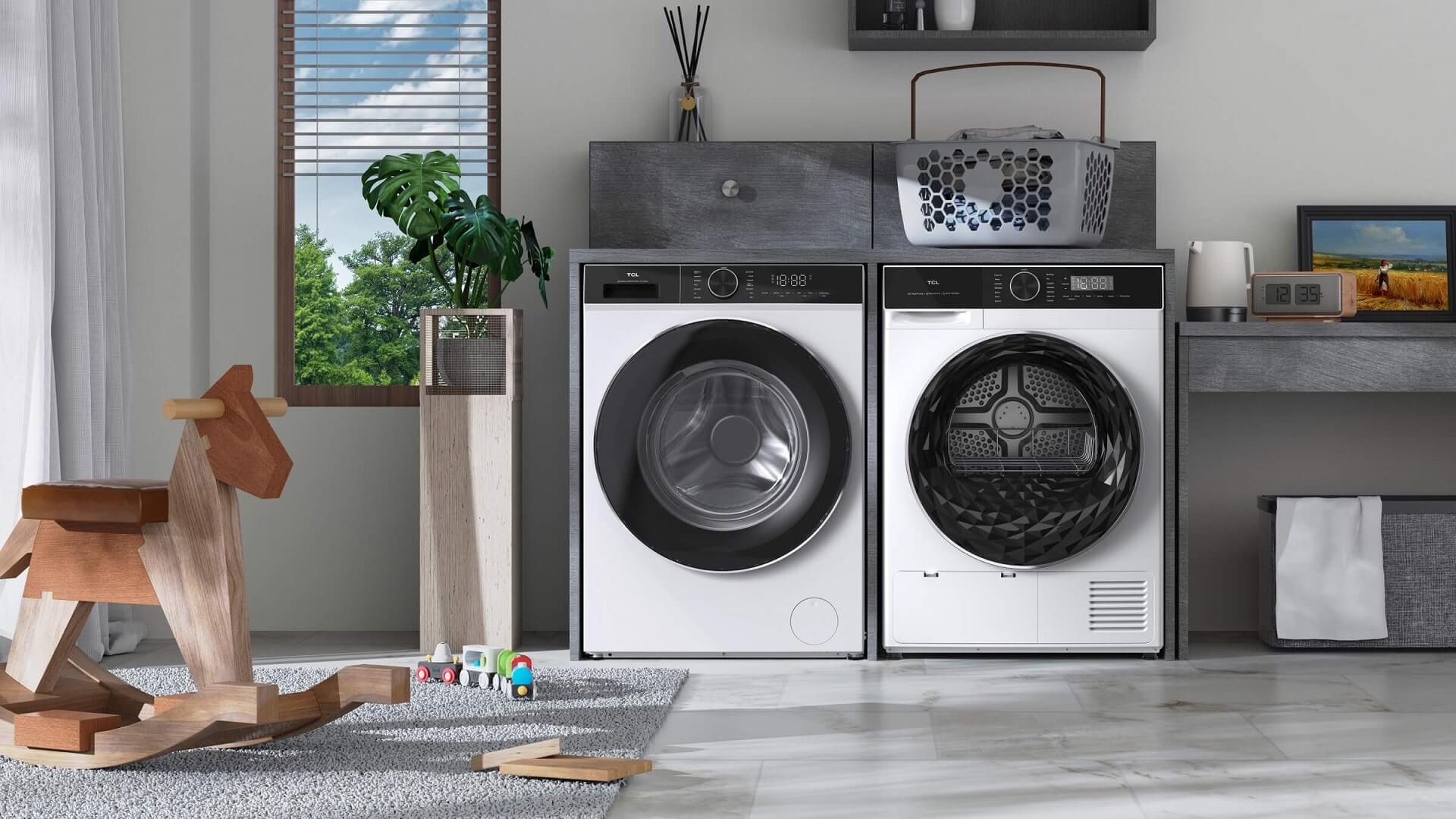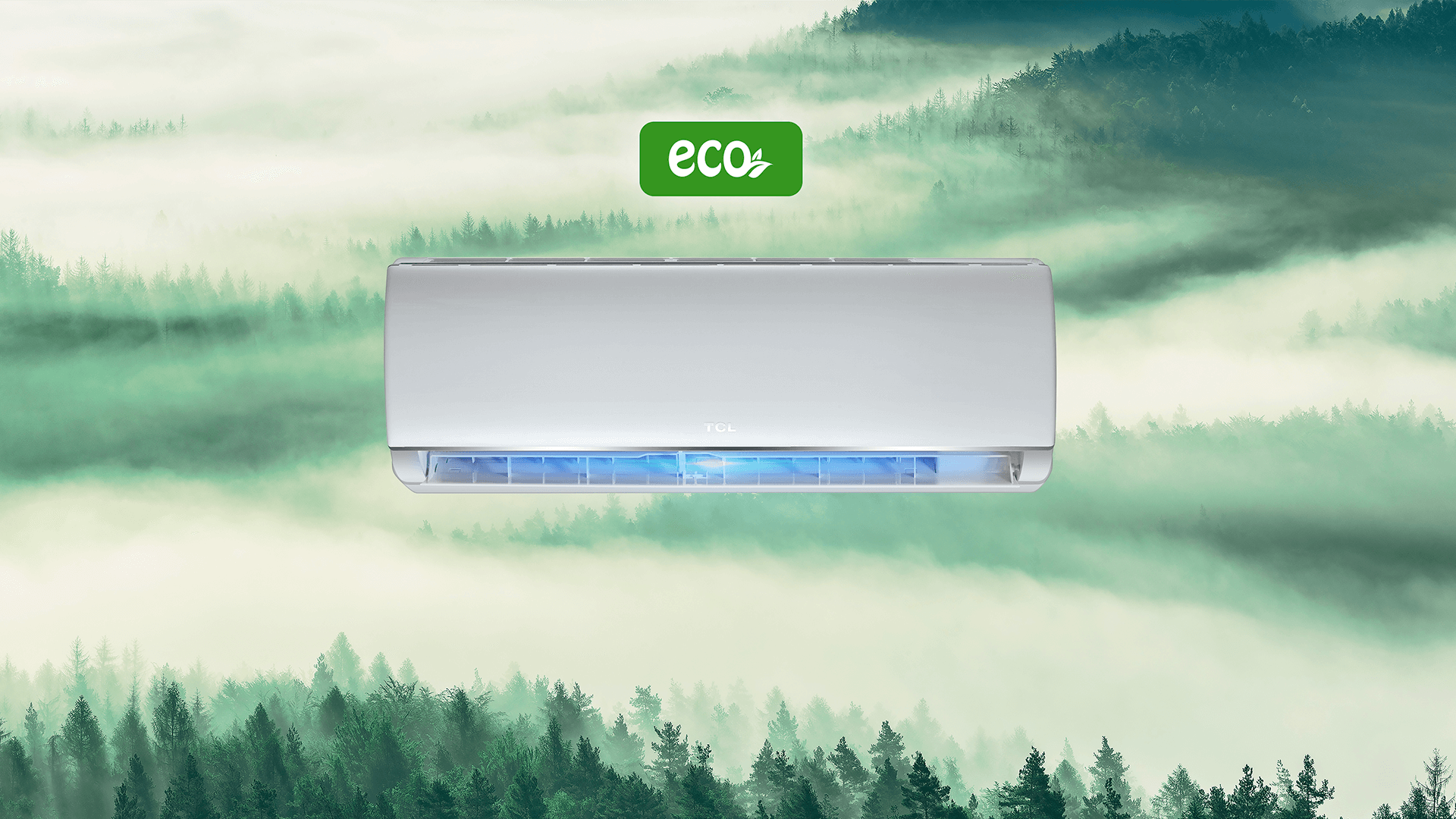Introduction
If you're in the market for a new washing machine, it's important to know that there are two different types of washers: top-loaders and front-loaders. Both have their pros and cons, so this article will help you decide which type is best for your home.
Front-load Washing Machine
Pros:
You can stack a dryer on top of a front loader, but not on top of a top loader.
Front-loaders usually use less water than top-loaders.
Front-loaders are typically a better choice for cleaning delicate clothes like lingerie and sweaters.
Cons:
Front-loading washers cost more up front than top-loading washers.
Gaskets or door seals require routine cleaning
Can’t always stop or add an extra item mid-cycle
While you can't stack a dryer on top of a top loader, you can with a front loader. In fact, some units come with built-in stacking trays that allow them to be stacked. This can be really convenient, especially if you have limited space in your laundry room.
If you're concerned about the size of your laundry room and don't have much space to work with, look into getting a stacked unit. This will save you valuable floor space so it's easier to maneuver around when carrying laundry back and forth between rooms.
Front-loaders use up to 40% less water than top-loaders, which allows you to run fewer loads per week or month and save money on your water bill..
Front-loaders can use less wash water because the rotation of the drum drags the clothes through the shallow pool of water-detergent solution, whereas top-loaders need to use a deeper pool to ensure that clothes get wet during the cycle.
In addition, they are able to adjust their settings based on the type of clothes being washed and the amount they want to be cleaned per wash cycle. They are typically a better choice for cleaning delicate clothes like lingerie and sweaters. Instead of entirely drowning your materials, a front load washer rotates your clothing in various directions through a small amount of water. The wash drum rotates while each item is repeatedly dumped into the water, which is significantly gentler to clothing.
Front-loading washers cost more upfront than top-loading washers. Front loaders are generally more expensive to purchase, and they’re more expensive to repair in the long run as well. However, as said above they definitely have something that make them worth the extra money.
The motor used in the drum and many corresponding configuration materials are expensive, the drum has a heating device, and the drum is equipped with many functions that the top-loader does not have, such as steam washing, air washing, heat sterilization, etc.
Washing machines regularly collect lint from clothes and blankets. This lint can build up over time and cause damage to your washing machine. Front-loading washing machines have many more seals than top-loaders. This means that there's more places for dust, dirt and mold to build up inside the machine. If your washing machine has problems with leaks, gaskets and door seals may be damaged or worn out.
The majority of front-load washers lock the door at the start of each cycle to stop water from flowing out, but doing so may make it difficult for the user to add a garment at the last minute. Some more recent washer models do, however, include a "pause" feature that would let you halt the cycle if necessary.
Top-load Washing Machine
Pros:
Adding new clothing items is simple mid-cycle.
Quicker cycles compared to front-loading machines
Cons:
Uses more detergent and water than front-loading versions.
Bulky bedding or heavier garments may not fit comfortably.
Entail the need for a bigger laundry room or installation area (not stackable)
A reliable top load washer offers a useful selection of wash cycles in a largely ergonomic way. Most top loaders include a built-in dispenser, a soft-close lid, and mid-cycle access in case you discover an errant sock or shirt left in the hamper.
Top load washers use a lot of water because they drench your clothes for the entirety of the wash cycle. You have a choice between a top load impeller washer, which is a low-profile, bottom-mounted disc that spins to rub your clothes clean, and a huge cylindrical agitator, which is positioned in the center of the wash drum to rotate against your clothes and expedite the cleaning process.
Both washer types are quicker to clean clothes than front loaders, but they are harder on fabrics and need more detergent to get stains out. Depending on how they are installed and how you load your washer, they may be noisy to operate. The agitator fins may not be able to spin and work effectively if you overburden your appliance and try to fit a blanket inside.
Additionally, top loaders cannot typically be stacked, so they must be installed side by side if space is an issue. A matching washer and dryer set will nevertheless provide a neat and well-rounded feature to your home even if you can't install a folding surface in your laundry room.
TCL washers care for your health
TCL washers care for your health. Also, they are eco-friendly and safe for the environment. The TCL washing machines also have a variety of features that make them easier to use and maintain. For example, a steam sterilization washing machine has hygienic steam that is produced from the bottom of the drum to make sure all laundry is bathing in the steam environment. It then becomes possible to kill bacteria responsible for allergies, such as dust mites, pollen, animal hair, etc. Clean your clothes thoroughly and hygienically.
The high-temperature drum self-cleaning washer features an inbuilt water heater. This washing machine is capable of heating the water to up to 95 degrees which sterilizes your clothes and ensures complete protection. The hot water eliminates bacteria and germs from your clothes and delivers you germ-free, clean and fresh laundry.
Conclusion
Weigh the pros and cons of each type of washer before making your decision. Both types have their advantages and disadvantages, but a front loader would be better for you if you're concerned about saving space and water bills. If you'd like to learn more about these two different types of washing machines, check out TCL washing machines.
Connect with us on Facebook, Instagram, Twitter & YouTube for the latest updates on our TCL products and events.

QLED vs. UHD: Which TV Technology is Best?
2025-02-25

How to Connect Universal Remote to TV?
2024-08-27

YouTube on TV Not Working, How to Fix?
2024-08-24

How to Watch Apple TV on Smart TV
2024-08-22

How to Measure a TV Screen for Perfect Fit?
2024-07-26

How to Clean Air Conditioner Drain Line?
2024-06-27

How to Watch Free Live TV on Android TV
2024-05-06

What AC Type is Used in Offices?
2024-04-26

How To Remove Lint From Clothes Washing Tips
2024-04-20

Set Up Your OK Google Device On Your TV
2024-04-08

How to Reset Your Air Conditioning Unit
2024-03-26

How Does The Refrigeration Cycle Work?
2024-03-23

How Does VPN Work On Smart TV
2024-03-22

How to Open A Locked Washing Machine Door
2024-03-19

Discover the Best Washing Machines for 2024
2024-02-28

How To Get Disney Plus On TV: A Easy Guide
2024-02-25

How To Adjust Your TV Picture to Fit Screen
2024-01-21

How To Convert Your LED TV To A Smart TV
2023-11-30

Tablet Vs Laptop – Which Should You Buy?
2023-11-24

How To Play Games On Smart TV
2023-11-16

What is a backlight in an LED TV?
2023-11-14

How To Level A Washing Machine in Easy Steps
2023-11-11

How To Dispose Of An Old Refrigerator Safely
2023-10-29

How to Mount a TV on the Wall in Easy Steps
2023-10-14

Why Is My AC Not Blowing Cold Air? Easy Fix
2023-09-29

How To Wash Shoes In The Washing Machine
2023-09-28

How To Clean Your TV Screen In 6 Easy Steps
2023-09-26

3 Easy Methods on How To Reset your Tablet
2023-09-14

Dolby Digital Vs DTS: What's The Difference
2023-08-26

Washing Machine Capacity And Load Size Guide
2023-07-26

Ac Leaking Water? Here's How You Can Fix It!
2023-07-22

How To Take Care of a Cracked Phone Screen
2023-07-18

Who Invented Television: History of TV
2023-06-28

10 Smart Tips For More Organized Fridge
2023-06-16

Top 5 Best Browsers for Android TV
2023-05-20

How to Recover Deleted Photos on Android
2023-05-18

What Are the Big Changes for TCL TV in 2022?
2022-09-08

How TCL Smart TVs Enhance Your Life?
2022-08-10

Monitors Vs 4K TVs: Which Should I Choose?
2022-04-28

Everything You Should Know About 4K 120Hz TV
2022-03-31

Top 5 Things about 8K TVs You Need to Know
2022-03-31

What is the Best TV viewing distance
2022-02-28

4 Misunderstandings About QLED TVs
2022-02-28

What is Roku TV and How Does a Roku TV Work?
2021-07-28
.jpg)
How to use your TCL Android TV
2019-11-07

Buying a TV? Which TV Should You Buy?
2018-07-06

Google Assistant & Artificial Intelligence
2018-05-23

TCL Named CES 2018 Innovation Awards Honoree
2018-01-31
.jpg)
How to Connect My Smart TV to the Internet
2017-06-08
.jpg)
Which Size TCL TV Is Best for You?
2017-06-08
This site uses cookies to analyse site traffic, improve your experience and personalize ads or other contents. By clicking Accept or continuing to browse the site, you are agree to our use of cookies. See our Cookies Policy here.Learn more







































































































.jpg)
























































































































.jpg)
.jpg)


.jpg)
.jpg)
.jpg)
.jpg)
.jpg)

.jpg)